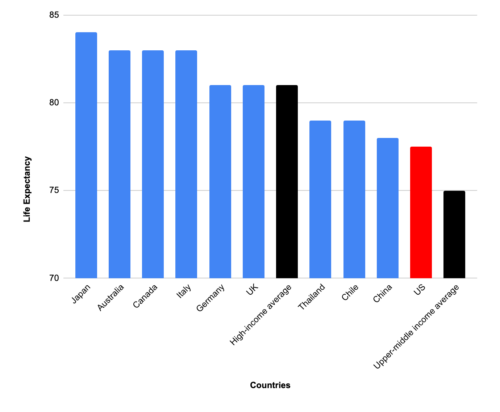AmeriCorps is Worth Saving
By: / 03.04.2011
 With House Republicans on a slash and burn mission to cut federal spending, an agency on the chopping block is the Corporation for National and Community Service and the AmeriCorps programs it operates.
With House Republicans on a slash and burn mission to cut federal spending, an agency on the chopping block is the Corporation for National and Community Service and the AmeriCorps programs it operates.
Defunding the community service program would be a huge mistake: AmeriCorps is exactly the kind of program that Republicans should love because it’s so efficient. It’s also the kind of program New York Times columnist David Brooks – who calls this period of fiscal austerity “a potential blessing if it spurs an effectiveness revolution” – should love too.
First launched as a demonstration program under President George H.W. Bush, AmeriCorps legislation was formally enacted during the Clinton administration and later expanded by President George W. Bush. AmeriCorps programs are a kind of domestic Peace Corps. They recruit, train and place citizens in service to meet community needs in education, the environment, disaster response and other areas. The fiscal investment required to operate these programs is widely regarded as reasonable considering the return. The program staff and AmeriCorps members engaged in community service leverage additional outside investments of time and resources, stretching their AmeriCorps grant dollars far beyond their face value. AmeriCorps programs are competitive and performance based with rigorous requirements to establish and reports on progress toward meaningful outcomes. If the outcomes aren’t met, the funding doesn’t get renewed.
A perfect example of how AmeriCorps works is its JusticeCorps program, which helps the judicial system in California better serve the four million or so people who come to court each year to resolve important civil legal matters but can’t afford an attorney. While anyone facing a criminal matter is afforded the right to counsel, a single mother who needs to establish paternity or child support, or an elderly landlord who needs to issue a restraining order against a threatening tenant, for example, is on their own. At rates now hovering close to $300 an hour, few of us can afford to hire an attorney. Legal aid organizations are so under resourced that they have to turn away two of every three meritorious cases. National data indicates that 60 to 90 percent of family law cases involve at least one self-represented litigant. As foreclosures rise, additional self-represented litigants have begun to clog the courts with housing related issues.
In several counties across California, the state judiciary partners with local public universities to recruit, train and place about 300 undergraduate college students in the courts’ self-help legal access centers where people can come get answers about how to file legal paperwork, navigate the system and resolve legal matters on their own. In the 2009-10 program year, JusticeCorps members assisted 60,000 litigants and helped to complete 38,900 legal forms. At a cost of roughly $1 million in federal AmeriCorps and local matching funds combined, that’s $16 per instance of assistance to litigants. This assistance allows people to take less time off work to be in court, avoids costly case continuances, keeps people from being evicted before they can find replacement housing, helps finalize parenting plans to support family stability, keeps potential victims of domestic violence safe and more.
The JusticeCorps program proves what early supporters of national service had hoped—that like any entrepreneurial start-up, AmeriCorps could adjust its founding premises and assumptions against the realities of the markets in which it competes. Seeing the same substantial need in the community and the potential for impact, New York, Chicago and Milwaukee among other cities, are actively trying to replicate the California JusticeCorps model, leveraging AmeriCorps funding to create new partnerships with local universities, bar foundations and the courts.
President George W. Bush praised AmeriCorps members as “armies of compassion.” We need them now more than ever. Leave these armies in place to do their good work while we all cope with other cuts we know lie ahead.






